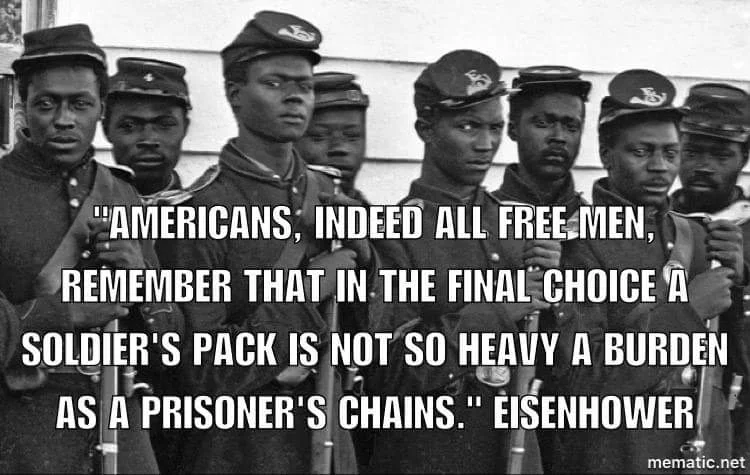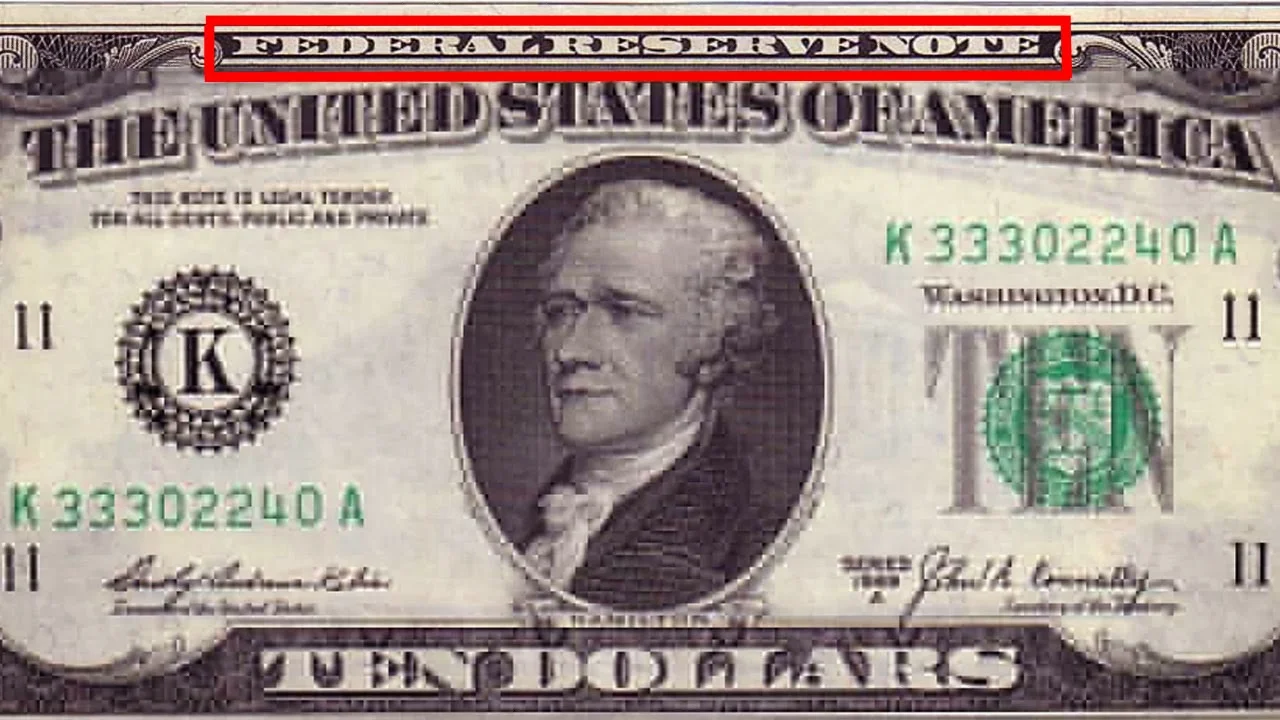The Second Amendment and Civil Disobedience
The Second Amendment and Civil Disobedience.
Civil disobedience is practiced when one politely refuses to obey unjust or immoral laws. Civil disobedience must be tolerated by governments whose citizens or subjects are armed. It need not be tolerated if the people are disarmed. Thus King George III sent his soldiers to confiscate the arms of the militia at Concord, MA and arrest his critics, Sam Adams and John Hancock.
The American Revolutionary War began on April 19, 1775 at the Battles of Lexington and Concord, MA. However, the Revolution began before that fateful day with civil disobedience. John Adams, cousin to Sam Adams and second President of the Constitutional United States of America said,
“But what do we mean by the American Revolution? Do we mean the American war? The Revolution was effected before the war commenced. The Revolution was in the minds and hearts of the people; a change in their religious sentiments, of their duties and obligations ... This radical change in the principles, opinions, sentiments, and affections of the people was the real American Revolution.” -Letter to Hezekiah Niles, 13 Feb. 1818.
The Declaration of Independence states it thusly,
“Prudence, indeed, will dictate that Governments long established should not be changed for light and transient causes; and accordingly all experience hath shewn, that mankind are more disposed to suffer, while evils are sufferable, than to right themselves by abolishing the forms to which they are accustomed. But when a long train of abuses and usurpations, pursuing invariably the same Object evinces a design to reduce them under absolute Despotism, it is their right, it is their duty, to throw off such Government, and to provide new Guards for their future security.”
After independence was secured in 1783 and following the adoption of the Constitution in 1788, the Bill of Rights were amended to the Constitution in 1791. The 2nd Amendment expresses the reason for which the people should be armed: to provide security in a free state.
“A well regulated Militia, being necessary to the security of a free State, the right of the people to keep and bear Arms, shall not be infringed.”
George Mason, known as the father of the Bill of Rights,[1] explains who the militia are thusly,
“I ask, sir, what is the militia? It is the whole people, except for a few public officials.”[2]
On the Duty of Civil Disobedience has been as influential on the history of the United States of America and the world as the Declaration of Independence. Thoreau’s essay influenced Gandhi in British India’s struggle for independence from Great Britain as well as Dr. Martin Luther King Jr peaceful demonstrations.
Dr. Martin Luther King Jr. wrote on his influence by Gandhi in “My Pilgrimage to Nonviolence” on September 1, 1958,
“I found in the nonviolent resistance philosophy of Gandhi. I came to feel that this was the only morally and practically sound method open to oppressed people in their struggle for freedom.”[3]
Gandhi was influenced by Henry David Thoreau. Author Krishna Kripalani wrote in Gandhi: A Biography,
“Gandhi had named his campaign Passive Resistance. Later when he came across Thoreau's famous essay on Civil Disobedience by which he was deeply impressed and parts of which he translated into Gujarati and published in Indian Opinion, he began to refer to his movement as civil disobedience.”[4]
In his Letter from Birmingham Jail, (in which the author’s Alma Mater was praised) Dr. Martin Luther King Jr wrote,
“Of course, there is nothing new about this kind of civil disobedience. It was evidenced sublimely in the refusal of Shadrach, Meshach and Abednego to obey the laws of Nebuchadnezzar, on the ground that a higher moral law was at stake. It was practiced superbly by the early Christians, who were willing to face hungry lions and the excruciating pain of chopping blocks rather than submit to certain unjust laws of the Roman Empire. To a degree, academic freedom is a reality today because Socrates practiced civil disobedience. In our own nation, the Boston Tea Party represented a massive act of civil disobedience.”[5]
The opening sentence to Henry David Thoreau’s On the Duty of Civil Disobedience (1849) states,
“I HEARTILY accept the motto, ‘That government is best which governs least;’ and I should like to see it acted up to more rapidly and systematically. Carried out, it finally amounts to this, which also I believe, ‘That government is best which governs not at all;’ and when men are prepared for it, that will be the kind of government which they will have.”[6]
Thomas Jefferson, author of the Declaration of Independence, phrases Thoreau’s sentiment thusly,
“Rightful liberty is unobstructed action according to our will within limits drawn around us by the equal rights of others. I do not add 'within the limits of the law' because law is often but the tyrant's will, and always so when it violates the rights of the individual.” -Letter to Isaac Tiffany April 4, 1819[7]
The economist Ludwig von Mises phrases it like this on page 283 in Human Action,
“Government means always coercion and compulsion and is by necessity the opposite of liberty.”[8]
The best action to securing liberty is by civilly disobeying unjust laws. Practically, in a free country, this is best done when a society is well armed. Gandhi, though he was an advocate of civilly disobeying unjust laws, was not against being armed. In his autobiography, he wrote in support of Indians fighting in World War 1,
“‘Among the many misdeeds of the British rule in India, history will look upon the Act depriving a whole nation of arms as the blackest.’”[9]
The KKK was in support of gun control because they did not want their victims armed. Hence, the right to keep and bear arms was for “the security of a free state,” not the slave states that the KKK was trying to recreate.
[1] https://www.insearchofliberty.com/george-mason-father-of-the-bill-of-rights/
[2] Debates in Virginia Convention on Ratification of the Constitution, Elliot, Vol. 3, June 16, 1788
[3] http://okra.stanford.edu/transcription/document_images/Vol04Scans/473_1-Sept-1958_My%20Pilgrimage%20to%20Nonviolence.pdf
[4] https://www.mkgandhi.org/ebks/gandhi_a_life.pdf
[5] https://www.africa.upenn.edu/Articles_Gen/Letter_Birmingham.html
[6] http://www.ibiblio.org/ebooks/Thoreau/Civil%20Disobedience.pdf
[7]https://founders.archives.gov/documents/Jefferson/03-14-02-0191
[8] https://mises-media.s3.amazonaws.com/Human%20Action_3.pdf
[9] https://holybooks-lichtenbergpress.netdna-ssl.com/wp-content/uploads/M.-K.-Gandhi-An-Autobiography-or-The-Story-of-my-Experiments-with-Truth.pdf


